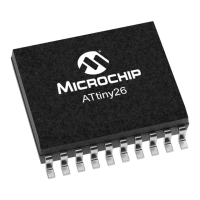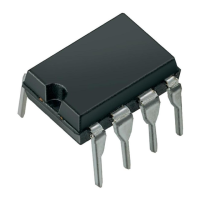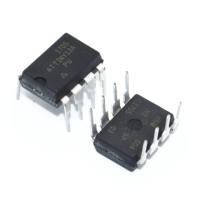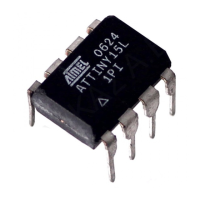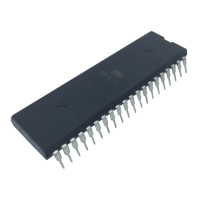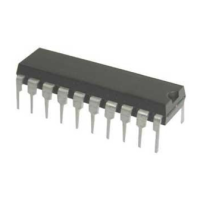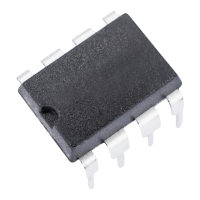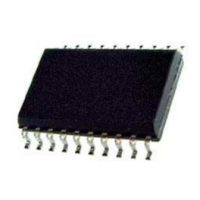111
7598H–AVR–07/09
ATtiny25/45/85
18. Analog to Digital Converter
18.1 Features
• 10-bit Resolution
• 0.5 LSB Integral Non-linearity
• ± 2 LSB Absolute Accuracy
• 65 - 260 µs Conversion Time
• Up to 15 kSPS at Maximum Resolution
• Four Multiplexed Single Ended Input Channels
• Two differential input channels with selectable gain
• Temperature sensor input channel
• Optional Left Adjustment for ADC Result Readout
• 0 - V
CC
ADC Input Voltage Range
• Selectable 1.1V / 2.56V ADC Voltage Reference
• Free Running or Single Conversion Mode
• ADC Start Conversion by Auto Triggering on Interrupt Sources
• Interrupt on ADC Conversion Complete
• Sleep Mode Noise Cancele
• Unipolar / Bibilar Input Mode
• Input Polarity Reversal Mode
The ATtiny25/45/85 features a 10-bit successive approximation ADC. The ADC is connected to
a 4-channel Analog Multiplexer which allows one differential voltage input and four single-ended
voltage inputs constructed from the pins of Port B. The differential input (PB3, PB4 or PB2, PB5)
is equipped with a programmable gain stage, providing amplification step of 26 dB (20x) on the
differential input voltage before the A/D conversion. The single-ended voltage inputs refer to 0V
(GND).
The ADC contains a Sample and Hold circuit which ensures that the input voltage to the ADC is
held at a constant level during conversion. A block diagram of the ADC is shown in Figure 18-1.
Internal voltage references of nominally 1.1V or 2.56V are provided On-chip and these voltage
references can optionally be externally decoupled at the AREF (PB0) pin by a capacitor, for bet-
ter noise performance. Alternatively, V
CC
can be used as voltage reference for single ended
channels. There is also an option to use an external voltage reference and turn-off the internal
voltage reference. These options are selected using the REFS2..0 bits of the ADMUX control
register.

